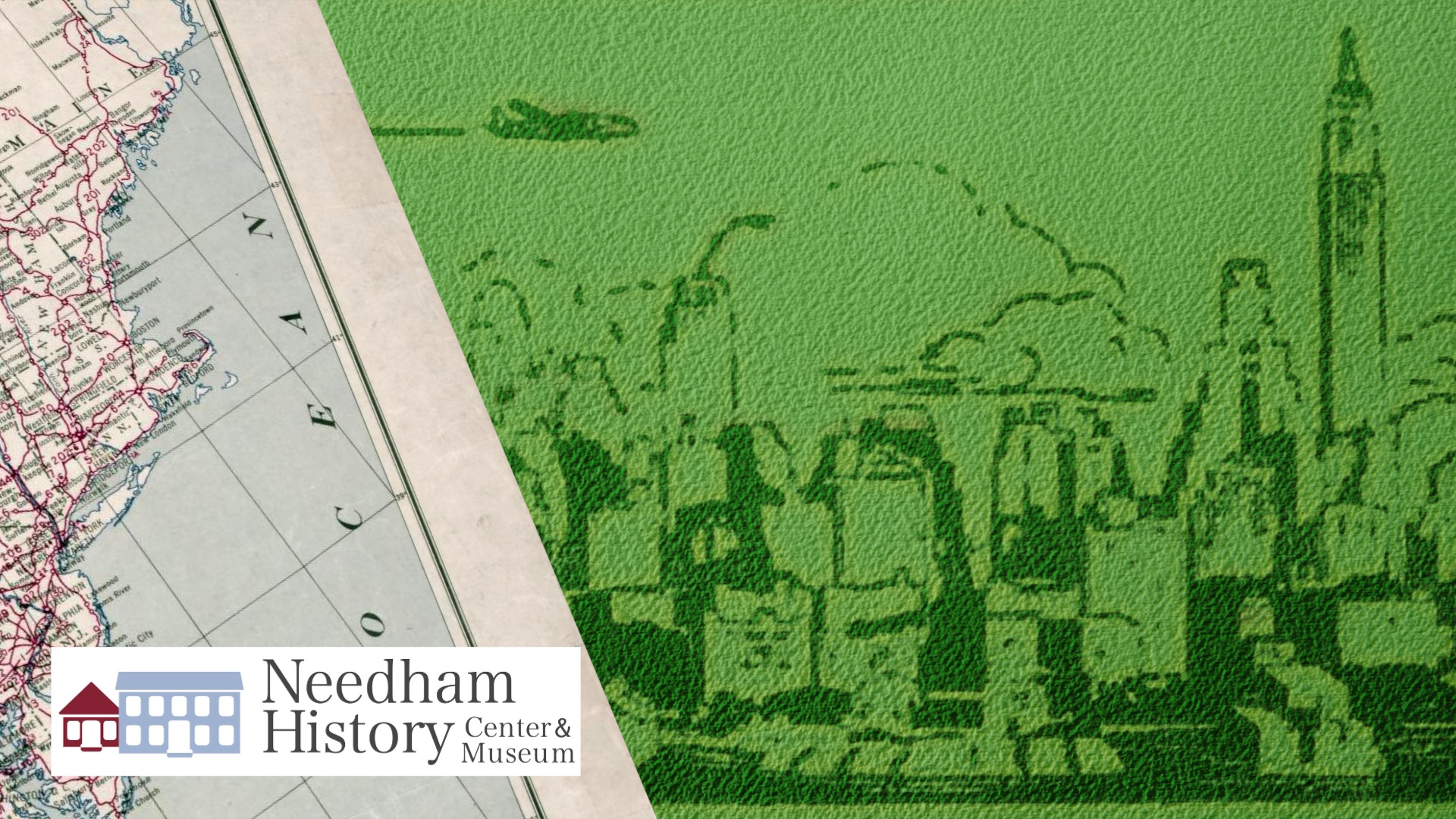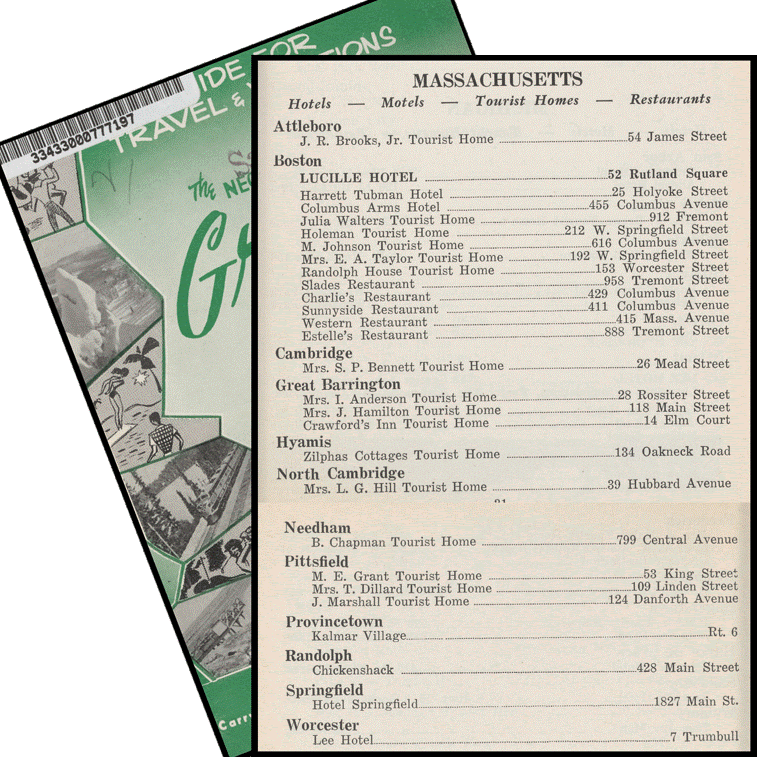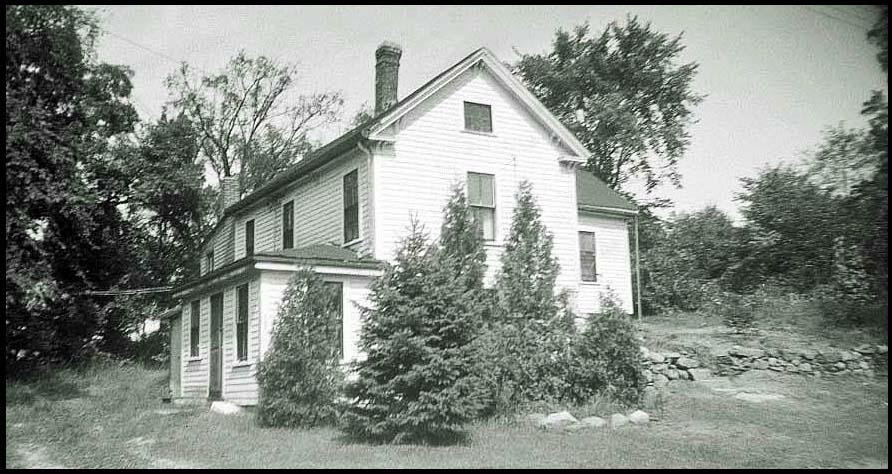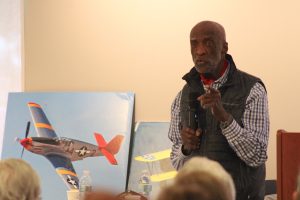
Needham History: The Green Book

The Green Book
The 2018 movie, The Green Book, introduced a wider audience to one of the lesser-known but important artifacts of our national life. The based-on-a-true-story movie follows African-American pianist Don Shirley (played by Mahershala Ali) and his Italian-American driver/bodyguard Tony (“Tony Lip”) Vallelonga (Viggo Mortensen) as they travel through the Jim Crow south for a concert tour in the 1962.
The movie’s title refers to a guidebook that Shirley’s promoter gives to Tony as they hit the road – The Negro Motorist (later Travelers’ Green Book), or more simply, The Green Book.
As more African-Americans entered the middle class after WW2, there was a corresponding increase in both leisure and business travel. Nevertheless, the persistence of discrimination and segregation, even in the north, meant that Black travelers could not rely upon businesses to serve them. The Green Book was the work of Victor H. Green (hence the title), a mail carrier and travel agent from New York. Its purpose was to list the businesses, restaurants, sleeping accommodations, entertainment, and other facilities that welcomed African-American travelers. As Green wrote in the introduction: “With the introduction of this travel guide… it has been our idea to give the Negro traveler information that will keep him from running into difficulties, embarrassments and to make his trips more enjoyable… There will be a day sometime in the near future when this guide will not have to be published. That is when we as a race will have equal opportunities and privileges in the United States. It will be a great day for us to suspend this publication, for then we can go wherever we please, and without embarrassment. But until that time comes we shall continue to publish this information for your convenience each year.” For the first few editions, the cover bore the advice: “Keep This Guide in Your Car for Ready Reference.” After 1947, that changed more ominously to “Carry your Green Book with you – you may need it.”
The Green Book was published from 1936 until 1966, and grew in scope every year. It served to not only provide assurance and comfortable travel for Black tourists, but it also promoted Black-owned businesses nationwide. Green used his network of mail carriers to identify Black-owned businesses and to spread the word. He also solicited information from travelers to recommend places where they had stayed. By 1940, the US Travel Bureau was working with Green to add information to the book. In a short time, The Green Book expanded from covering the New York area, to covering the whole nation and parts of the Caribbean. Esso Oil – which was notable for its progressive hiring, including African-American executives, scientists, and franchisees – distributed the book through its service station network. “That’s why Esso is glad to make our customers acquainted with the Green Book, which enables them to go farther with less anxiety… Bless the Green Book and its service.”
By 1960, more than 2 million people carried The Green Book. The construction of the interstate highway system in the 1960s, along with the nation-wide hotel and restaurant franchises that served them (such as Howard Johnson’s) eventually made The Green Book obsolete, and it ceased publication in 1967.
OK, all roads lead to Needham – in this case, literally – so you knew I’d get here eventually. Although most of The Green Book listings for MA were in the cities, there were a few in the suburbs, with the numbers growing as the years passed. From 1937 until 1960 there was a listing in Needham, for Mrs. Blanche Chapman, who kept a ‘tourist home’ at 799 Central Avenue. The house itself is no longer standing; built in 1870, it was torn down and replaced in 2014.
According to the 1940 Census, Mrs Chapman was then 50 years old, and living in the house with her son William and daughter-in-law Annie. She completed the 8th grade, was divorced, and her occupation is listed as “sewing,” for which she earned $200 in 1939 for 20 weeks’ work, a better wage than some of her neighbors (the Needham Street List for 1940 identified her as a Cook). From 1950 to 1960, Mrs Chapman was in sole possession of the house, and the Street List identified her as a “Proprietor.” Although she disappeared from The Green Book in 1960, the Needham Street List continued to list her as a Proprietor until 1975, so presumably she continued to take in travelers. After 1976, she was listed as “Retired.” The house changed in hands in 1978, at which point she would have been 90 years old.
Interestingly, the 1930 Census lists Mrs Chapman as white (“W”). The census-taker wrote in W in 1940 as well for all three Chapmans, and then overwrote it as “C” for Colored. Living in Needham Heights, the Chapmans shared a neighborhood that was, until recently, the home of the working class, the recent European immigrant, and the “new” congregations (Methodist, Catholic, and Jewish). But although Needham Heights had several ethnic enclaves, there was no Black neighborhood; in fact, there were only 19 African-Americans in Needham in the 1930 census. All of Blanche Chapman’s immediate neighbors were employed as farmers, laborers, or tradesmen, and all except her family were white. But they all fell within the groups that were not considered ‘Old-Needham’ by the families who had been here longer.
I don’t know how many African-American travelers came through Needham, but if they did, they had a place to stay. Blanche Chapman did not get rich by taking in lodgers, but with the help of The Green Book, she did well enough to live in a peaceful town, own her own home, and live an independent life.
It is easy to see The Green Book only as an artifact of discrimination and segregation in American society. Indeed, those were the forces that made it necessary. But see it also as a testament to political and economic agency, and social progress. It is a compendium of some of the most important people, successful businesses, and important political milestones of the 20th century. It is a Who’s Who of the African-American middle class entrepreneur. A detailed record of successes, risks, aspirations, innovations, and cooperation. Yoruba Richen, in her documentary “The Green Book: Guide to Freedom,” noted that the book encapsulated not only the “seriousness” of traveling while Black, but also the love and support that strengthened the community, held it together, and kept it going along the road.
Learn More:
The New York Public Library’s Schomburg Center for Research in Black Culture has digitized 21 volumes of the Green Books from 1937 to 1964, which you can browse online: https://digitalcollections.nypl.org/collections/the-green-book#/?tab=about
Yoruba Richen’s Emmy-nominated documentary, The Green Book: Guide to Freedom (2019, 51 mins.) is currently available on Paramount+ https://www.paramountplus.com/movies/video/MVZr4amLtt437wCagvO1QdLEZG0xfS_T/?ftag=PPM-18-10cab4i
Blanche Chapman’s house at 799 Central Avenue as it looked in 1948 (from an Assessor’s record photo, now in the Needham Free Public Library). The house was built in 1870 at a time when the population of the Heights was growing as the knitting mills expanded. It was torn down in 2014.
 |
Gloria Polizzotti Greis is the Executive Director of the Needham History Center & Museum. For more information, please see their website at www.needhamhistory.org. |

